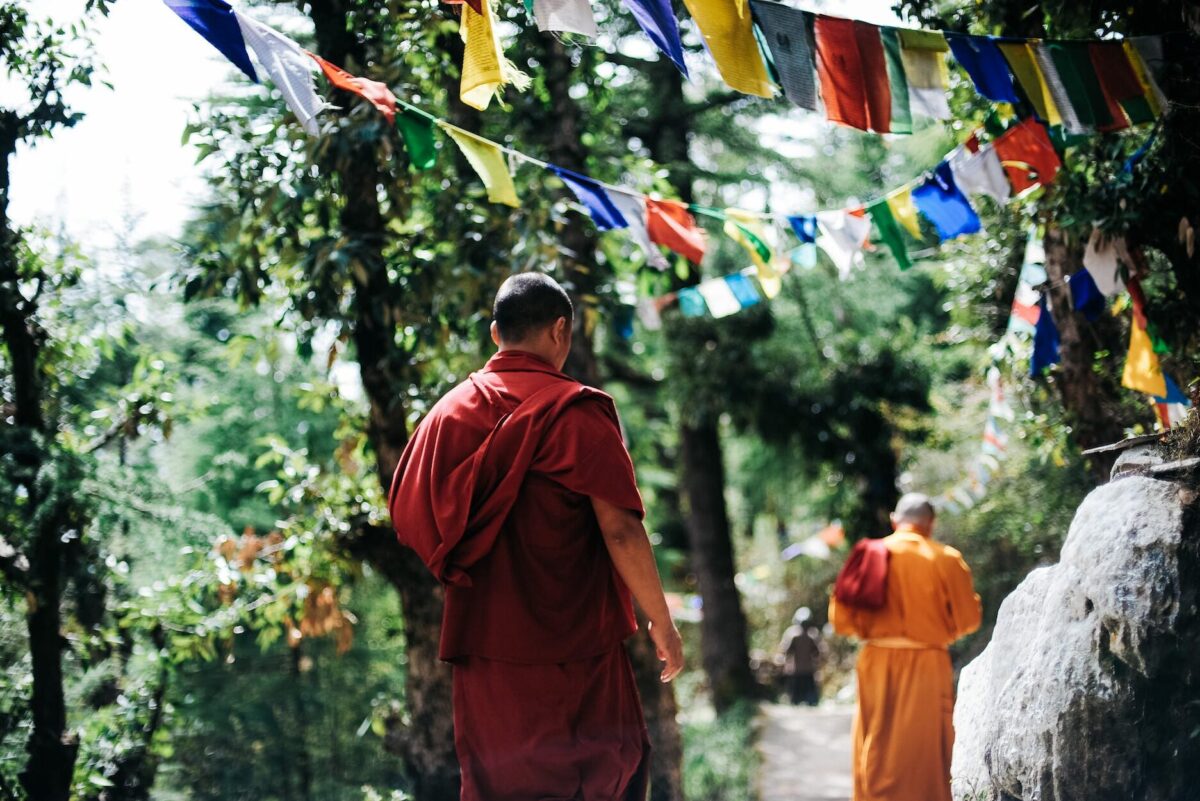Mastercard Executive Shares 6 Key Insights Shaping Indian Travel Trends

Skift Take
A shift towards experiential journeys, growing demand for premium travel options – Indians approach to travel is evolving, according to Mukul Sukhani, senior vice president of business development at Mastercard.
According to the most recent data from India's apex bank — the Reserve Bank of India (RBI), credit card spending in July 2023 reached a new peak of INR 1.5 trillion, reflecting a year-on-year increase of 25%.
Speaking recently at the B20 Summit in India, Mastercard CEO, Michael Miebach, spoke about how the company has invested significantly in India, recognizing the nation as a hub for digital innovation.
In his interaction with Skift, Sukhani highlighted the shift in Indian travel trends.
Here are some key takeaways:
1: Shift in Tourism Source Markets — From China to IndiaWith China struggling, India has emerged as a dynamic force in the global t

